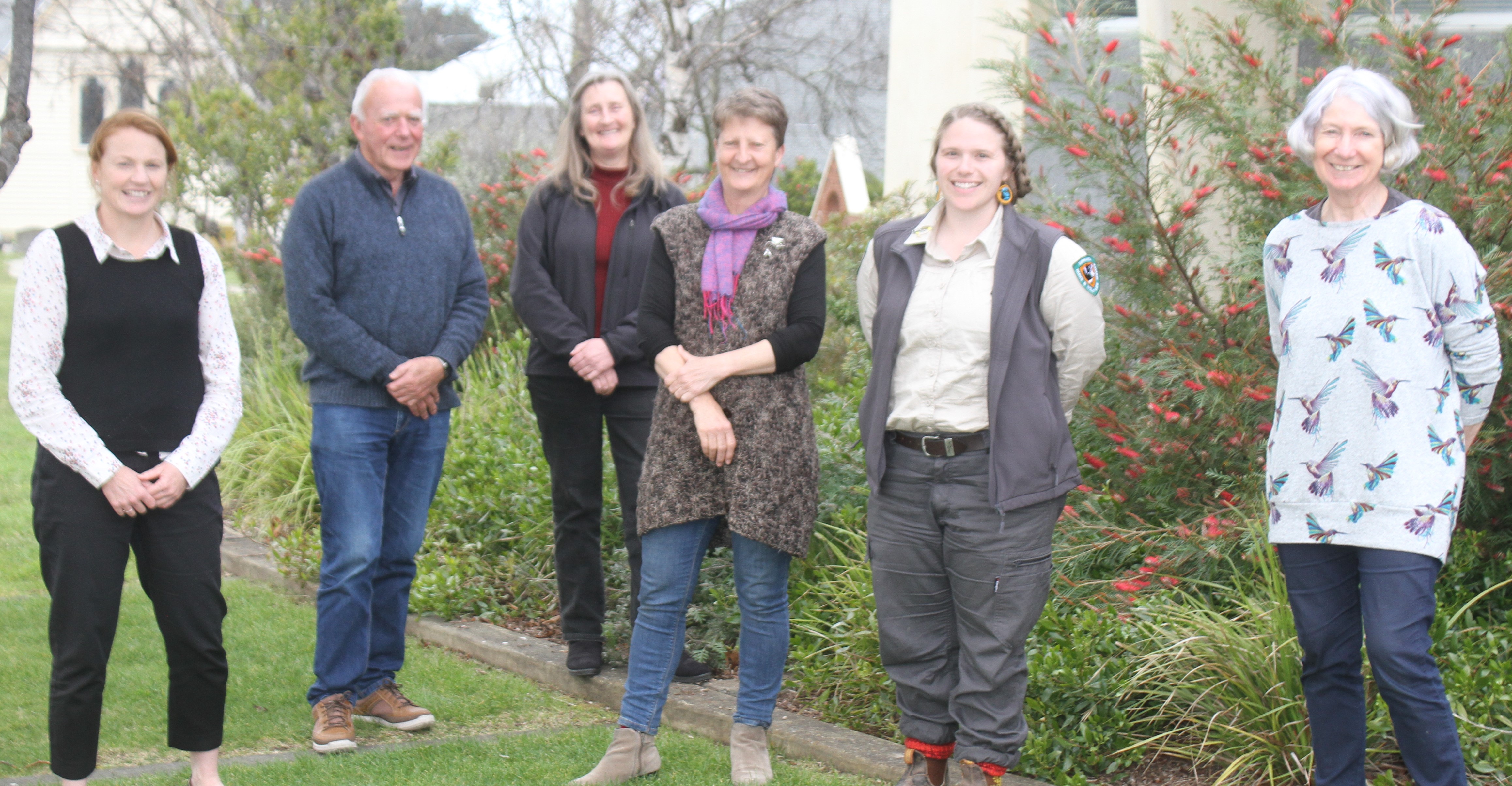The recovery team for the endangered forty-spotted pardalote met at the Kingborough Council Chambers on Thursday, September 3.
The forty-spotted pardalote is a nationally endangered bird found mainly in the Kingborough and Huon municipalities but also Maria Island and Flinders Islands.
There are less than two thousand birds surviving making it globally one of the rarest birds on the planet and only found in Tasmania.
The recovery team has representatives from State and Commonwealth governments, Kingborough Council, two Parks and Wildlife ranger staff, Birdlife Tasmania, researchers from the Australian National University, Tasmanian Land Conservancy and Bruny Island community representatives.
Chair of the National Forty-spotted Pardalote Recovery Team, Dr Sally Bryant says the forty-spotted pardalote is critically dependant on one tree type, Eucalyptus viminalis, commonly known as white gum.
“Every white gum is important, especially the old trees right now,” said Dr Bryant.
The Forty-spotted Pardalote Recovery Team meeting coincided with National Threatened Species Day on September 7.
This bird was listed under threatened species legislation in 1995, and since then a national team has steered its recovery plan.
Dr Sally Bryant works with the Tasmanian Land Conservancy who are actively campaigning to purchase 68 hectares of bushland on Tinderbox Hills as a new reserve for the species.
Dr Bryant highlighted the importance of white gums to the survival of the forty-spotted pardalote species.
“White gum produces the sugary ‘manna’ it needs to survive and feed the chicks during breeding.
“The bird uses its tiny beak to ‘farm’ the manna and this unusual behaviour is another reason why the forty-spotted pardalote is so unique in the animal kingdom.
“Its hard to find and difficult to identify and often confused with two more commonly occurring pardalote species’” said Dr Bryant.
Liz Quinn from Kingborough Council oversees the protection of white gums on Council land as well as habitat restoration programs.
Council’s Environmental Fund is assisting landowners to create new conservation reserves on their properties that will lead to the protection of over four hectares of habitat for this threatened bird.
Other recovery team members include Dr Sue Jones, Dr Matt Webb, Dr Tonia Cochran, Bob Graham, Annika Everhaardt and Katherine Hitchcock.
Dr Sue Jones from BirdLife Tasmania works with Parks and Wildlife staff to monitor the species in the Peter Murrell Reserves.
Dr Matt Webb from the Difficult Bird Research Group advises on research including translocation of birds to safer areas.
Dr Tonia Cochran owns and operates a tourism property, Inala, on Bruny Island which is now the key focus for research and monitoring nesting boxes.
“Everyone plays an important role in protecting its habitat and reducing the threats to its survival,” said Dr Sally Bryant.
Pictured: Team members include Kingborough Council’s NRM Coordinator, Liz Quinn, Bruny Island representative Bob Graham, Managing Director of Inala-Bruny Island, Dr Tonia Cochran, Chair of the National Forty-spotted Pardalote Recovery Team, Dr Sally Bryant, Parks and Wildlife officer Caitlyn O’Reilly and BirdLife Tasmania’s Dr Sue Jones.
